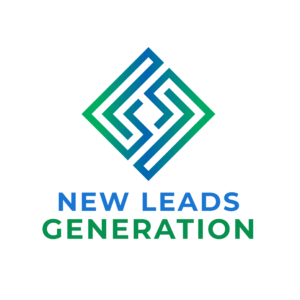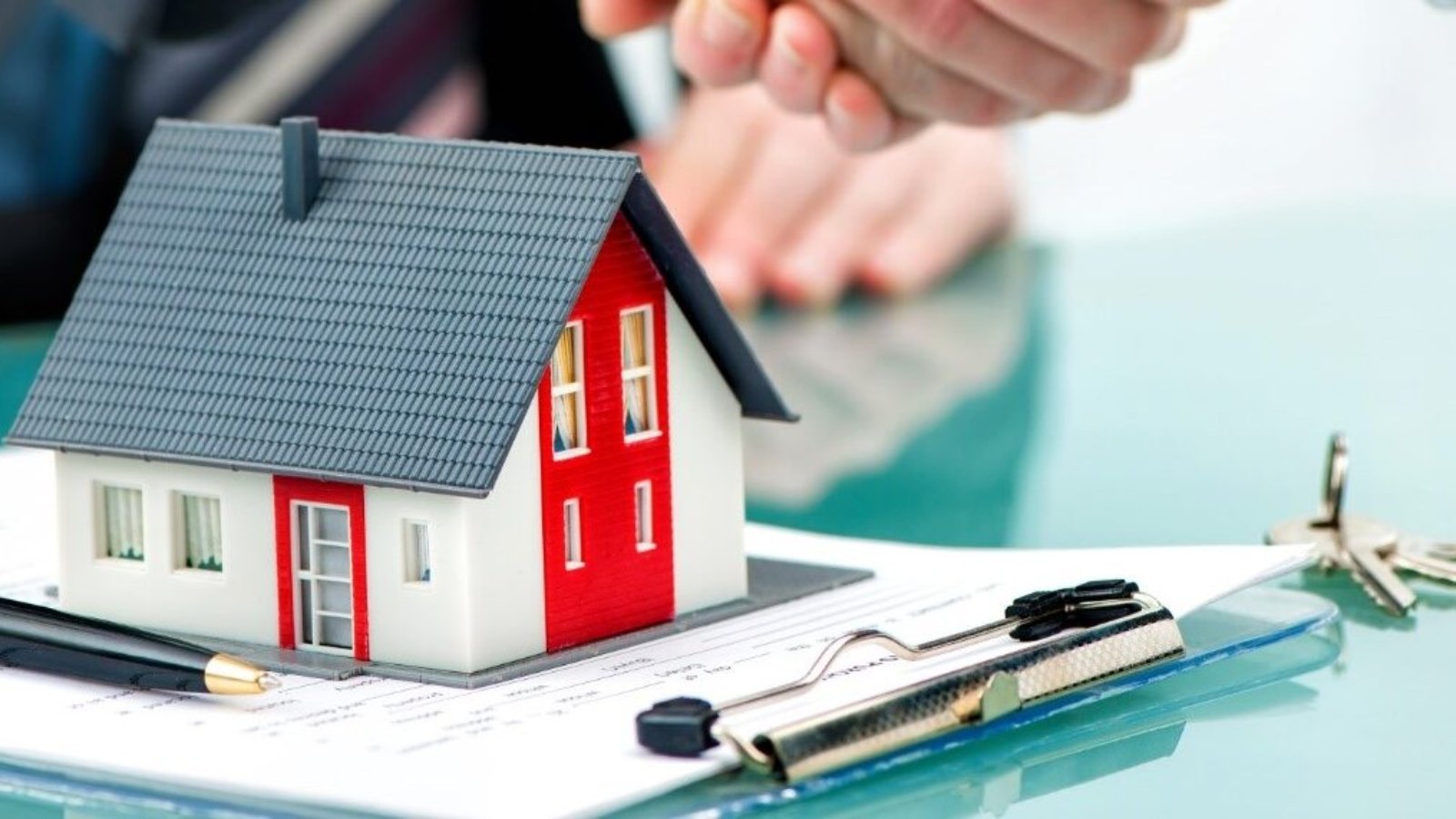Sustainable real estate development has emerged as a crucial approach in the construction industry, aiming to minimize environmental impact while meeting the growing demand for housing and commercial spaces. This paradigm shift emphasizes eco-friendly building practices, incorporates green certifications, and responds to the increasing consumer preference for sustainable homes.
Eco-friendly Building Practices
At its core, sustainable real estate development seeks to reduce carbon footprints, conserve natural resources, and create healthier living environments. One of the primary focuses is on eco-friendly building practices. This entails utilizing renewable materials, implementing energy-efficient designs, and adopting technologies that reduce energy consumption and waste generation throughout the construction and operation phases. Builders are increasingly turning to sustainable materials such as bamboo, recycled steel, and reclaimed wood to minimize the ecological footprint of their projects. Additionally, innovative techniques like passive solar design, which optimizes natural light and heat, and green roofs, which enhance insulation and reduce stormwater runoff, are becoming more prevalent.
Green Certifications
Moreover, sustainable real estate development often involves obtaining green certifications. These certifications, such as LEED (Leadership in Energy and Environmental Design), BREEAM (Building Research Establishment Environmental Assessment Method), and Energy Star, provide independent verification that a building meets specific sustainability criteria. They assess various aspects including energy efficiency, water conservation, indoor air quality, and material sourcing. Achieving certification not only validates a project’s commitment to sustainability but also enhances its marketability and value.
The Growing Demand For Sustainable Homes
The growing demand for sustainable homes is another driving force behind the rise of sustainable real estate development. Today’s homebuyers are increasingly aware of environmental issues and are seeking residences that align with their values. Sustainable homes offer numerous benefits beyond environmental stewardship, including lower utility costs, improved indoor air quality, and enhanced comfort. As a result, there is a rising market demand for properties that incorporate green features such as solar panels, energy-efficient appliances, and smart home technologies. This trend is reshaping the real estate market, with sustainable homes commanding higher resale values and attracting more discerning buyers.
Government Policies And Incentives
Furthermore, government policies and incentives are playing a significant role in promoting sustainable real estate development. Many jurisdictions offer tax incentives, grants, and subsidies to developers who prioritize energy efficiency and environmental sustainability in their projects. These incentives not only offset the initial costs of green building but also encourage broader adoption of sustainable practices across the industry. Additionally, stringent building codes and regulations are increasingly mandating sustainability standards, further driving the integration of eco-friendly practices into real estate development.
In conclusion, sustainable real estate development represents a fundamental shift towards more environmentally conscious and socially responsible construction practices. By embracing eco-friendly building techniques, pursuing green certifications, and responding to the demand for sustainable homes, developers can create spaces that not only minimize environmental impact but also enhance the quality of life for occupants. As sustainability continues to gain momentum as a core principle in the real estate industry, the future of development lies in creating spaces that harmonize with both people and the planet.



Add a Comment